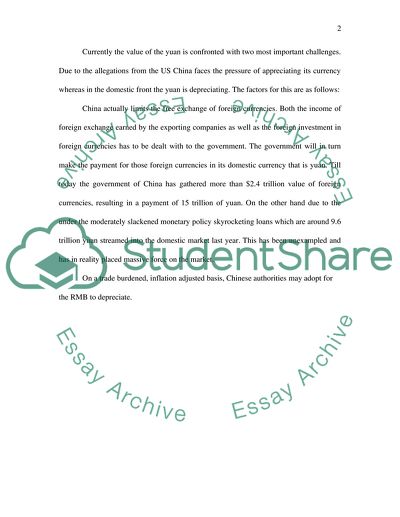Cite this document
(“Bringing China out of Recession Through Currency Depreciation Research Paper”, n.d.)
Bringing China out of Recession Through Currency Depreciation Research Paper. Retrieved from https://studentshare.org/macro-microeconomics/1737681-macroeconomic
Bringing China out of Recession Through Currency Depreciation Research Paper. Retrieved from https://studentshare.org/macro-microeconomics/1737681-macroeconomic
(Bringing China Out of Recession Through Currency Depreciation Research Paper)
Bringing China Out of Recession Through Currency Depreciation Research Paper. https://studentshare.org/macro-microeconomics/1737681-macroeconomic.
Bringing China Out of Recession Through Currency Depreciation Research Paper. https://studentshare.org/macro-microeconomics/1737681-macroeconomic.
“Bringing China Out of Recession Through Currency Depreciation Research Paper”, n.d. https://studentshare.org/macro-microeconomics/1737681-macroeconomic.


